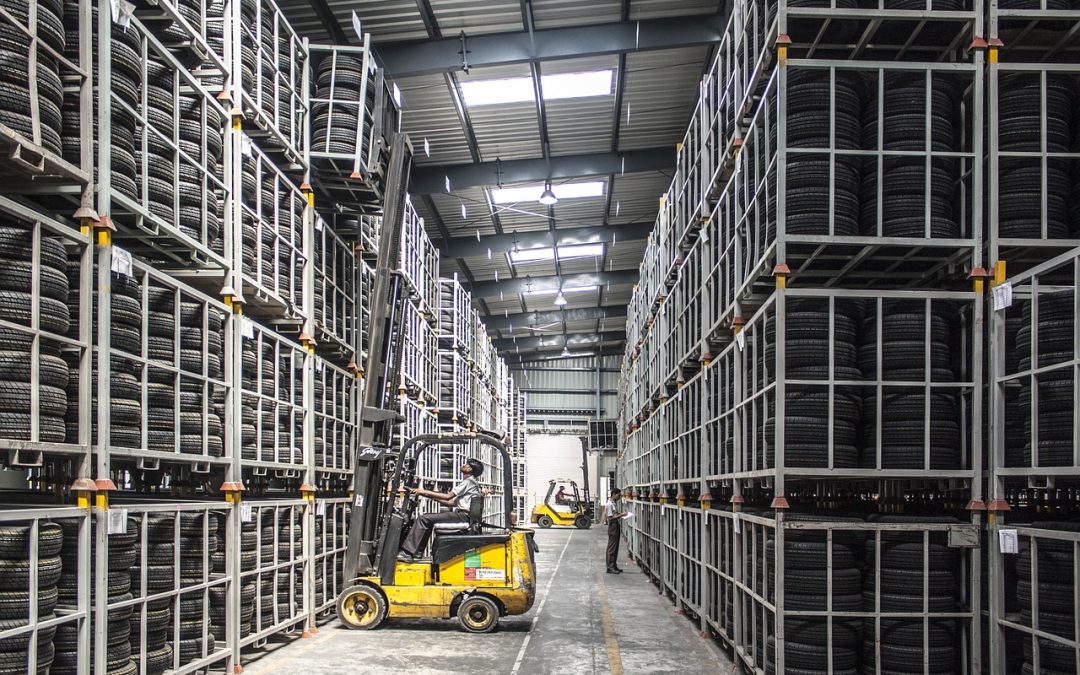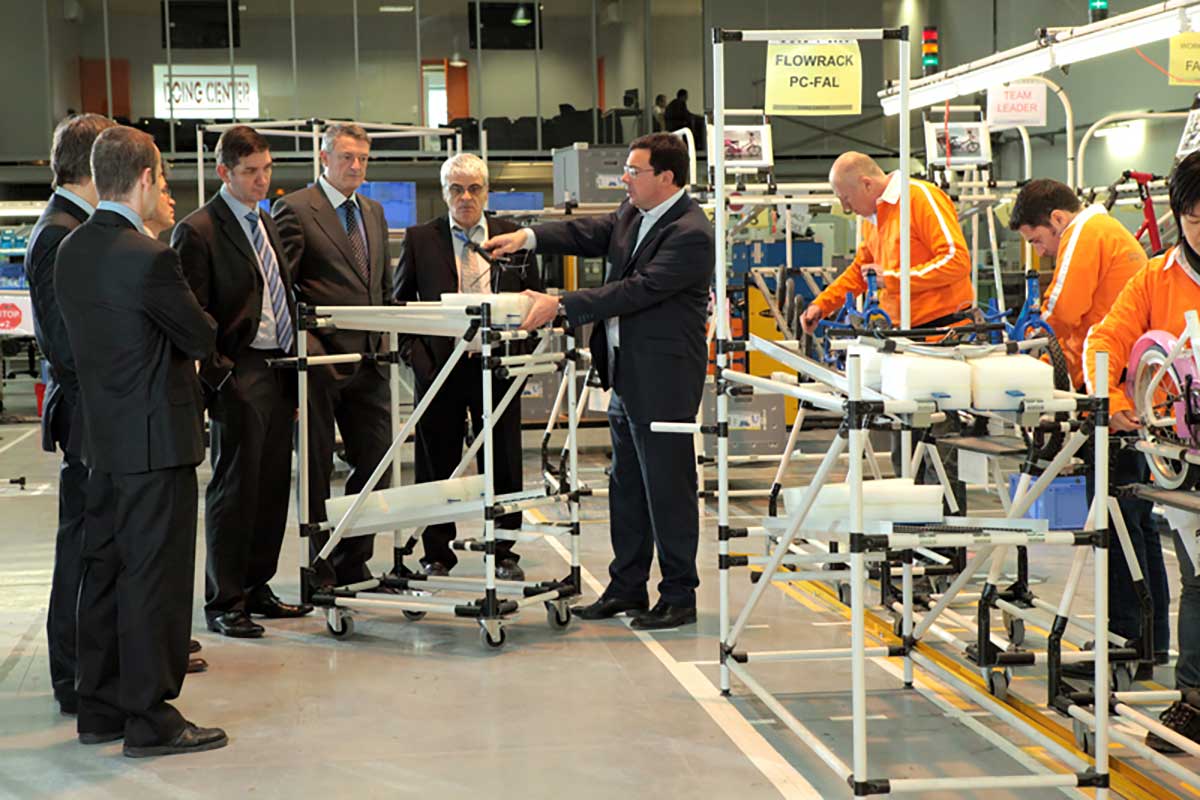There is clear support for the safety, resource efficiency, and productivity of forklift free / fork truck free initiatives. Those elements show why the initiative is important, but they don’t always create the clear moment of insight into your operation and why it matters for you today.
Here are 5 signs I’ve seen that crystalized for leaders why forklift free is not a “nice to have”, but a “must have” to move into next level performance.
1. Product at the workstation is wider than the workstation itself
The classic “10 lbs of stuff in a 5 lb bag” dilemma. Many workstations, pack lines, and production lines are the same size they were 10 years ago, while part proliferation for a given operation has expanded 5x. When you see the things needed for a given operation spreading behind the operator like a fan while they struggle to do their job, and the materials team struggles with how to get all the parts into the station, you’re ready for forklift free.
2. New business, same plant, no space
Each new business award is pleasure and pain – we won the work, now how are we going to fit it in? Unless you have the budget and the mandate for an expansion, you’re fitting more work into the same space. The only way to get there is to plan differently, think differently, and act differently. Don’t take the same methods and apply them to the new scenario. When you win new business that’s more complex than your current business, and you’re not sure how to get it done, you’re ready for forklift free.
3. Increase in lost time or injury frequency from lifting and bending
Forklifts drop pallets with parts onto the floor. As your operators pull parts, the ergonomics get worse and worse, and the repetitive stress builds up. This is damaging to their health and morale, as well as a terribly inefficient way to organize their activities. If you see your associates reaching, lifting, bending, to pick parts from unacceptably low positions, you’re ready for forklift free.
4. Somebody’s talking about AGC’s / AGV’s / VGV’s / robots
You can’t automate chaos. Automating from a base of chaos will only create more cost and confusion. AGC’s (and related vehicles) fall into exactly this trap – it’s shiny new technology, but it’s just a robot following a plan and integrating with your existing process. Success is dependent on the quality of the plan and repeatability of the process. Once you have standards and operational repeatability, then you can consider taking the next step into automation. With forklift delivery, by definition you do not have repeatable standards. So, if “somebody” is talking about AGC implementation, you’re ready for forklift free as a first step.
5. Two way vehicle traffic in an aisle causes bystanders to jump sideways and drivers to a near fist fight
Increased part volume has caused live storage to squeeze aisle space, constraining free flow areas for vehicle traffic. You’ve got trouble if those same aisles have been kept as two way traffic zones, especially for fork lifts that required large turning radii to exchange product. If two vehicles passing each other in an aisle causes an exchange of words between the drivers, and paint between the vehicles, you’re ready for forklift free.
Of course there are many more operational events that illustrate the case for forklift free, but I hope this list provides a few clear examples to take onto the floor as you review your next improvement.




